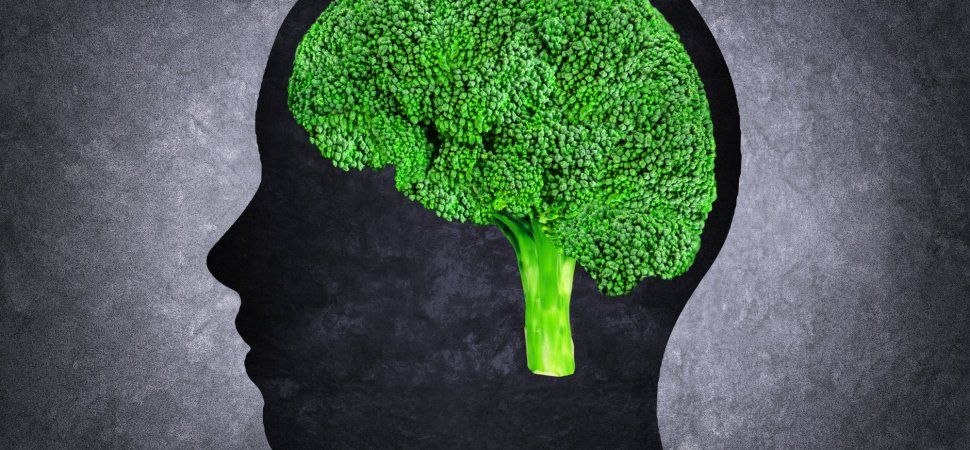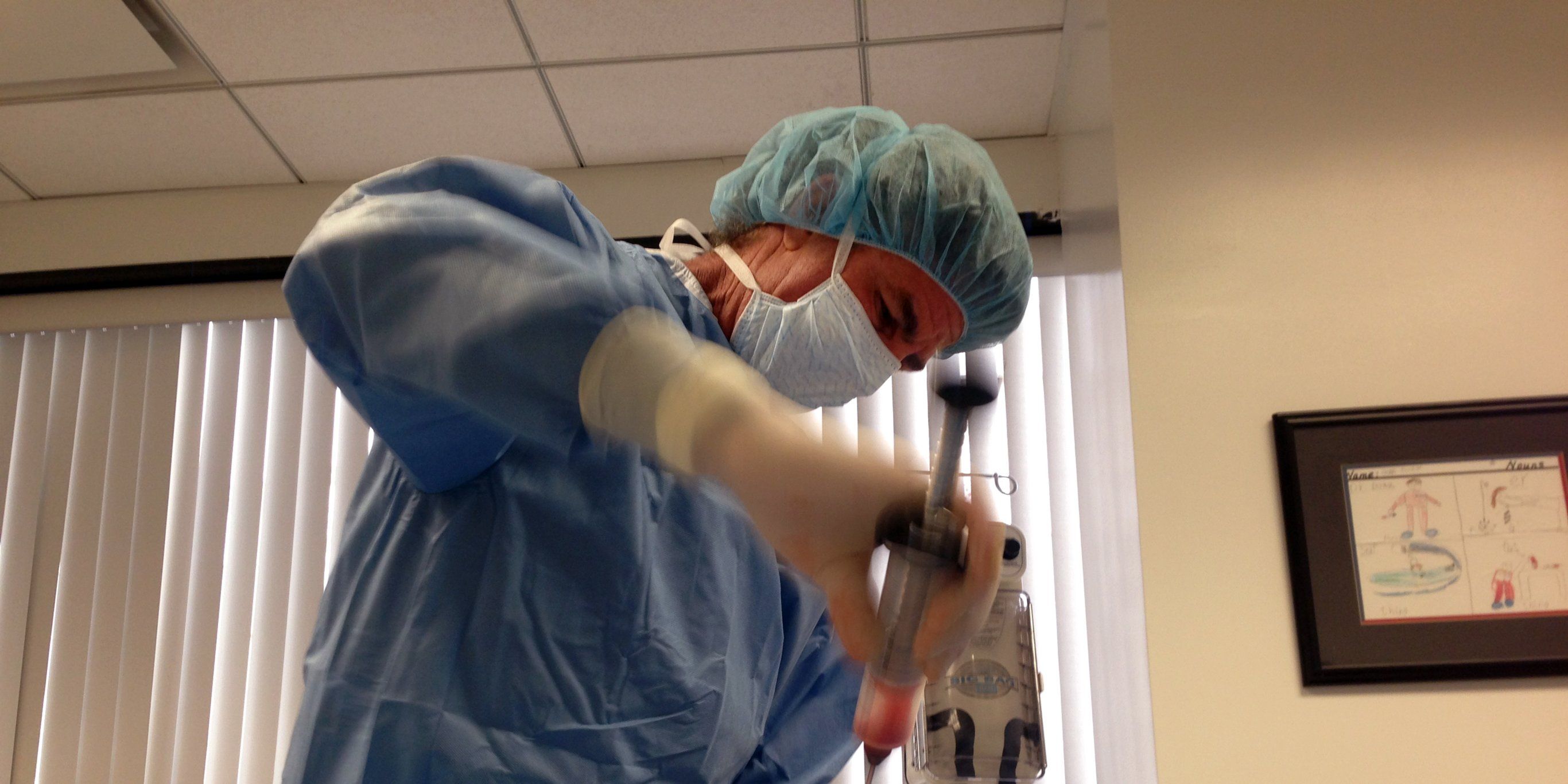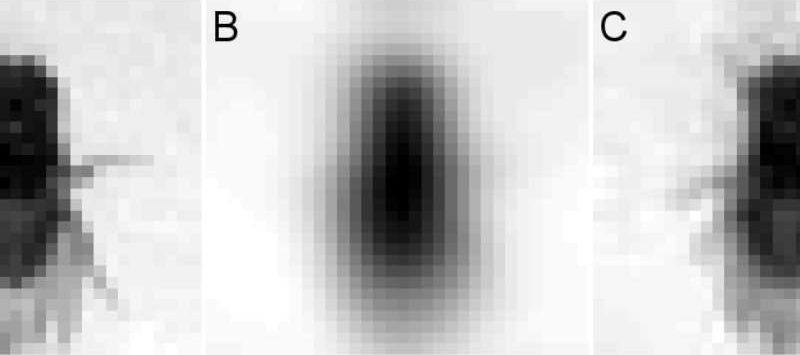Page 9451
Oct 26, 2018
The Best 3 Plants for Keeping Your Brain Young, According to Science
Posted by Genevieve Klien in categories: health, neuroscience, science
Oct 26, 2018
A man who received a stem cell transplant for multiple sclerosis can walk and dance again after suffering from the disease for a decade
Posted by Genevieve Klien in category: biotech/medical
A man who relied on a wheelchair for 10 years was able to walk and dance after receiving his stem cell transplant.
Oct 26, 2018
The Main Suspect Behind an Ominous Spike in a Polio-Like Illness
Posted by Genevieve Klien in category: biotech/medical
A common virus seems to be behind a puzzling condition that’s paralyzing children, but uncertainties remain.
A s the summer of 2014 gave way to fall, Kevin Messacar, a pediatrician at Children’s Hospital Colorado, started seeing a wave of children with inexplicable paralysis. All of them shared the same story. One day, they had a cold. The next, they couldn’t move an arm or a leg. In some children, the paralysis was relatively mild, but others had to be supported with ventilators and feeding tubes after they stopped being able to breathe or swallow on their own.
The condition looked remarkably like polio—the viral disease that is on the verge of being eradicated worldwide. But none of the kids tested positive for poliovirus. Instead, their condition was given a new name: acute flaccid myelitis, or AFM. That year, 120 people, mostly young children, developed the condition across 34 states. The cases peaked in September and then rapidly tailed off.
Continue reading “The Main Suspect Behind an Ominous Spike in a Polio-Like Illness” »
Oct 26, 2018
More solar panels mean more waste and there’s no easy solution
Posted by Steve Nichols in categories: solar power, sustainability
https://paper.li/e-1437691924#/
Solar panels might be the energy source of the future, but they also create a problem without an easy solution: what do we do with millions of panels when they stop working?
In November 2016, the Environment Ministry of Japan warned that the country will produce 800,000 tons of solar waste by 2040, and it can’t yet handle those volumes. That same year, the International Renewable Energy Agency estimated that there were already 250,000 metric tons of solar panel waste worldwide and that this number would grow to 78 million by 2050. “That’s an amazing amount of growth,” says Mary Hutzler, a senior fellow at the Institute for Energy Research. “It’s going to be a major problem.”
Continue reading “More solar panels mean more waste and there’s no easy solution” »
Oct 26, 2018
India’s Rickshaw Revolution Leaves China in the Dust
Posted by Derick Lee in categories: finance, transportation
Prime Minister Narendra Modi’s administration now is pivoting toward promoting EVs in public transportation and fleet operations – primarily, two- and three-wheelers, taxis and buses. The Ministry of Finance is finalizing a plan to spend about 40 billion rupees ($600 million) in the next five years to improve the nation’s charging infrastructure and subsidize e-buses.
An electric-vehicle revolution is gaining ground in India, and it has nothing to do with cars.
The South Asian nation is home to about 1.5 million battery-powered, three-wheeled rickshaws – a fleet bigger than the total number of electric passenger cars sold in China since 2011. But while the world’s largest auto market dangled significant subsidies to encourage purchases of battery-powered cars, India’s e-movement hardly got a hand from the state.
Continue reading “India’s Rickshaw Revolution Leaves China in the Dust” »
Oct 26, 2018
Fake Moon Over Chengdu Shows Why China Is Billionaire Powerhouse
Posted by Michael Lance in category: space
Rocket scientists are planning to suspend a man-made moon bright enough to reduce the need for streetlamps.
In the Sichuan city of Chengdu, Chinese rocket scientists are planning to suspend a man-made moon bright enough to reduce the need for streetlamps.
It’s exactly that kind of ingenuity that has helped the world’s most populous nation churn out new billionaires at a prodigious clip, according to John Mathews, head of ultra-high net worth in the Americas for UBS Group AG.
Continue reading “Fake Moon Over Chengdu Shows Why China Is Billionaire Powerhouse” »
Oct 25, 2018
Researchers build an artificial fly brain that can tell who’s who
Posted by Saúl Morales Rodriguéz in categories: biological, information science, robotics/AI
Despite the simplicity of their visual system, fruit flies are able to reliably distinguish between individuals based on sight alone. This is a task that even humans who spend their whole lives studying Drosophila melanogaster struggle with. Researchers have now built a neural network that mimics the fruit fly’s visual system and can distinguish and re-identify flies. This may allow the thousands of labs worldwide that use fruit flies as a model organism to do more longitudinal work, looking at how individual flies change over time. It also provides evidence that the humble fruit fly’s vision is clearer than previously thought.
In an interdisciplinary project, researchers at Guelph University and the University of Toronto, Mississauga combined expertise in fruit fly biology with machine learning to build a biologically-based algorithm that churns through low-resolution videos of fruit flies in order to test whether it is physically possible for a system with such constraints to accomplish such a difficult task.
Fruit flies have small compound eyes that take in a limited amount of visual information, an estimated 29 units squared (Fig. 1A). The traditional view has been that once the image is processed by a fruit fly, it is only able to distinguish very broad features (Fig. 1B). But a recent discovery that fruit flies can boost their effective resolution with subtle biological tricks (Fig. 1C) has led researchers to believe that vision could contribute significantly to the social lives of flies. This, combined with the discovery that the structure of their visual system looks a lot like a Deep Convolutional Network (DCN), led the team to ask: “can we model a fly brain that can identify individuals?”


















